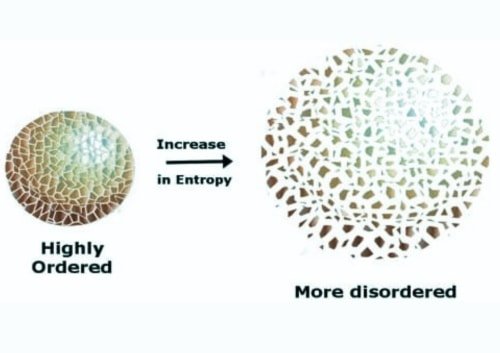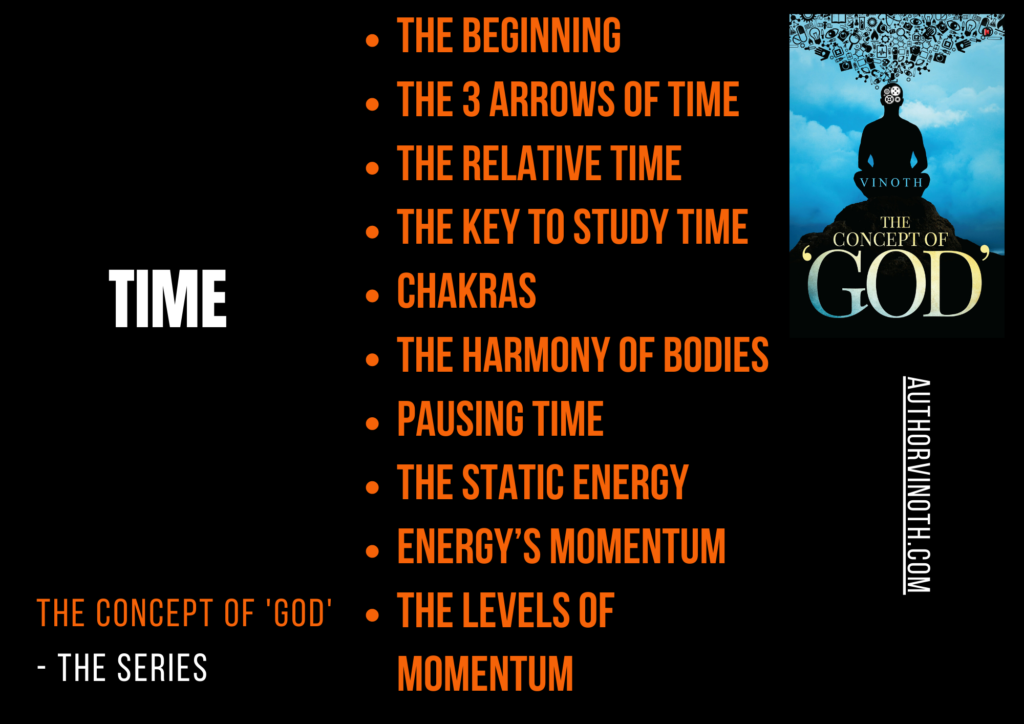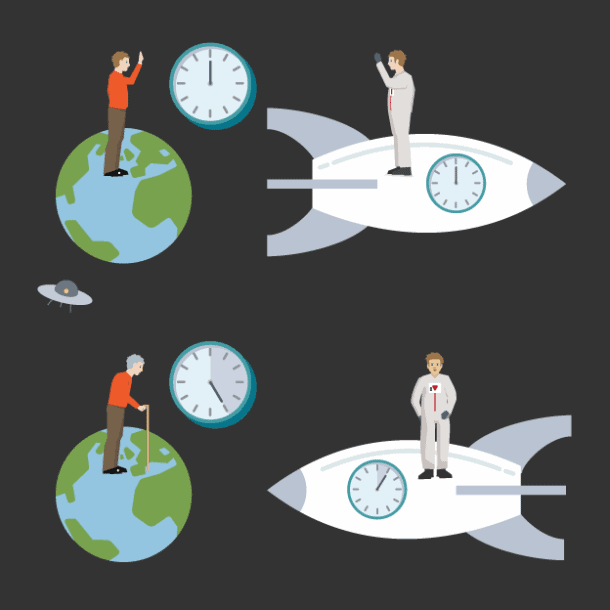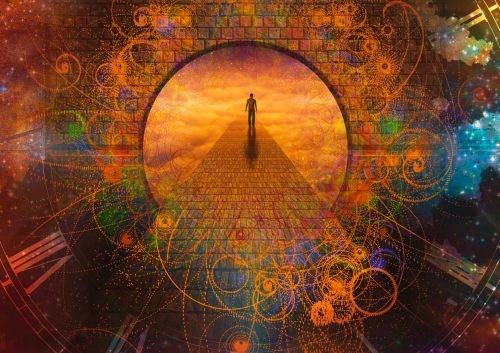Time, the duration of events, the continuum of experience in which events pass from the future through the present into the past, is also said to be the fourth dimension (along with the 3 dimensions).

Einstein’s Relativity Theory broke down the earlier notion of ‘absolute’ time, and ‘relative’ time took over the universe around a hundred years ago. This discovery has helped us understand the universe at an incredibly faster pace than during any earlier periods of human research. We had seen in the earlier chapter about the relative notions of time and the existence of past and future. Now let’s understand the concept of time and its working through both science and spirituality!

Like energy, time’s a factor that has been least understood in its original (?) state. Time is said to be a dimension in space. Can it be something more, or what if, something less than that? How do we understand time when we sentient beings are a part of it? With the perception of the reality by our minds dependent on time, can we even study time as an independent observer, from outside it? Observation by definition requires the passage of time, so, is it even possible to study time from outside it?
The 3 Arrows of Time
Before we get to our own understanding of time, let’s first look into some contemporary ideas and notions about it. Stephen Hawking, in his book A Brief History of Time, explains the 3 different arrows of time, the thermodynamic arrow, the psychological arrow and the cosmological arrow of time. The term arrow expresses time as a vector quantity and its flow unidirectional from the past, to the future, through the present.

The thermodynamic arrow means the direction of time through which disorder (entropy) increases. If we drop a glass bowl on the floor, it shatters. The ordered state of matter in the glass bowl is disturbed by the act of dropping it, and a disordered state sets in. Here, the thermodynamic arrow moves from the past of the glass bowl to its future. In case we observe time in the reverse direction, from the future to the past, we would see random broken pieces of a glass bowl arranging into a perfectly shaped bowl and floating up to our hands!

The thermodynamic arrow depends on the direction the time flows in. If the universe was working like we lived our lives from future to the past, we would start our life as old men, become younger with time and end up an embryo with everything around us happening in our reverse! Stars in space would begin as black holes or supernovae or red giants, and the black holes would expand in size to old stars with fuel near exhaustion, and supernovae explosions would compress into old stars which become younger and younger and finally end up as nebulae of gases. Finally, the universe would shrink into a singularity. But, this isn’t the case we see.

Our observation depends upon the psychological arrow of time, the way we observe time flowing around us. If past, present and future exist simultaneously, as we had seen in ‘fate’, why do we remember only the past and not the future? If the psychological arrow wasn’t just unidirectional, say bidirectional (both past to future and future to past) our consciousness would remember our future as good as it remembers our past! This wouldn’t just create a psychopath out of us, but it will also have a serious impact on the sixth senses’ existence (let alone its evolution)!

As Stephen Hawking explains, the psychological arrow is very much aligned to the thermodynamic arrow of time; we observe events from order to disorder and remember only the ordered state and realise about the disordered state just when our consciousness reaches that particular point of time when disorder sets in. Yeah, it is quite complex, so to put it simply, we only remember the past and not the future! The cosmological arrow is the direction our universe flows in. All events happening across space flow from past to the future however relative the time of the events are. The cosmological arrow pointing in the forward direction is the reason why we observe the universe expanding in the future direction rather than towards past.
All the 3 arrows refer to a singular entity called time, and we saw the differences to understand how time works in only one particular direction.
Subscribe to Chapter – 5 Time & receive the rest of the blogs in your inbox!

-
The Blog Series – Premium Subscription₹499
-
Chapter 7. GodProduct on sale₹125
-
Chapter 6. EnergyProduct on sale₹120
-
Chapter 5. TimeProduct on sale₹90
-
Chapter 4. Chaos & OrderProduct on sale₹100
-
Chapter 3. Senses & ConsciousnessProduct on sale₹90
-
Chapter 2. The ‘Soul’ of SpiritualityProduct on sale₹90
-
Chapter 1. The ‘Science’ of Reality₹130









